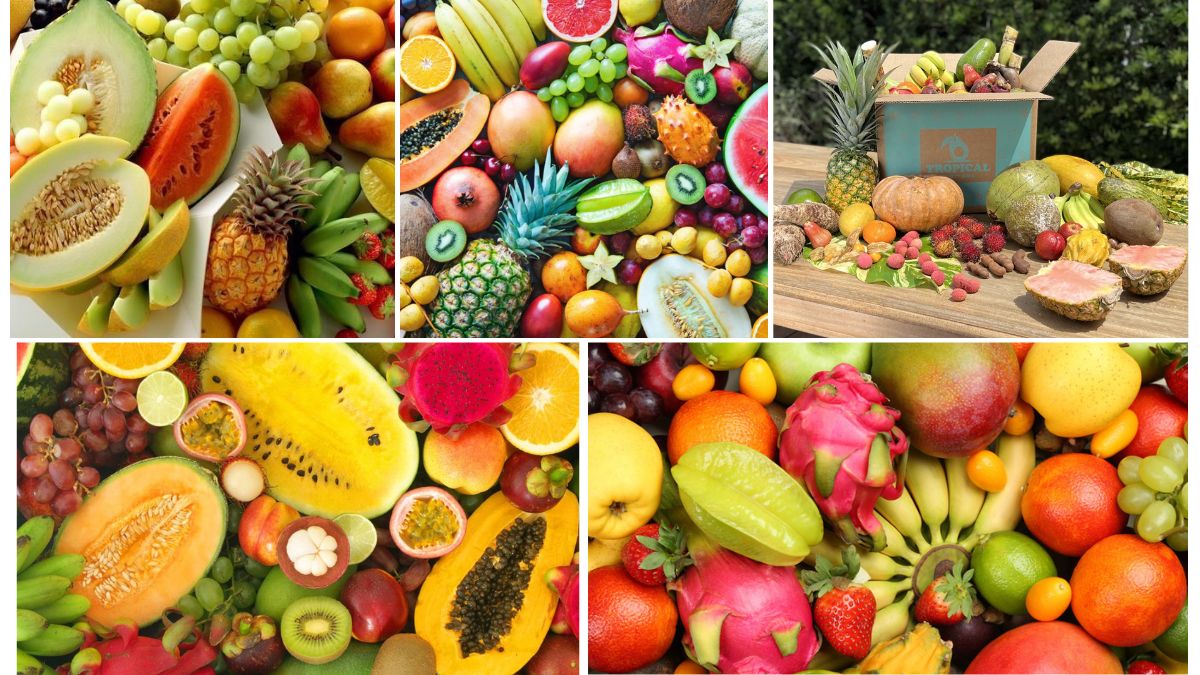In today’s globalized food economy, tropical fruits are no longer limited to the equatorial regions where they grow. From mangoes in India to pineapples in Costa Rica, the export of tropical fruits has exploded in recent decades, driven by rising international demand, improved logistics, and growing awareness of the health benefits of exotic produce. As consumers in North America, Europe, and Asia seek nutrient-rich, flavor-packed fruits year-round, the global tropical fruit export industry has become a powerful economic force.
This article explores the key global trends, major players, market dynamics, and emerging challenges in the tropical fruit export sector.
The Growing Global Demand for Tropical Fruits
One of the most striking trends in recent years is the rising global appetite for tropical fruits. Consumers are increasingly turning to fruits like:
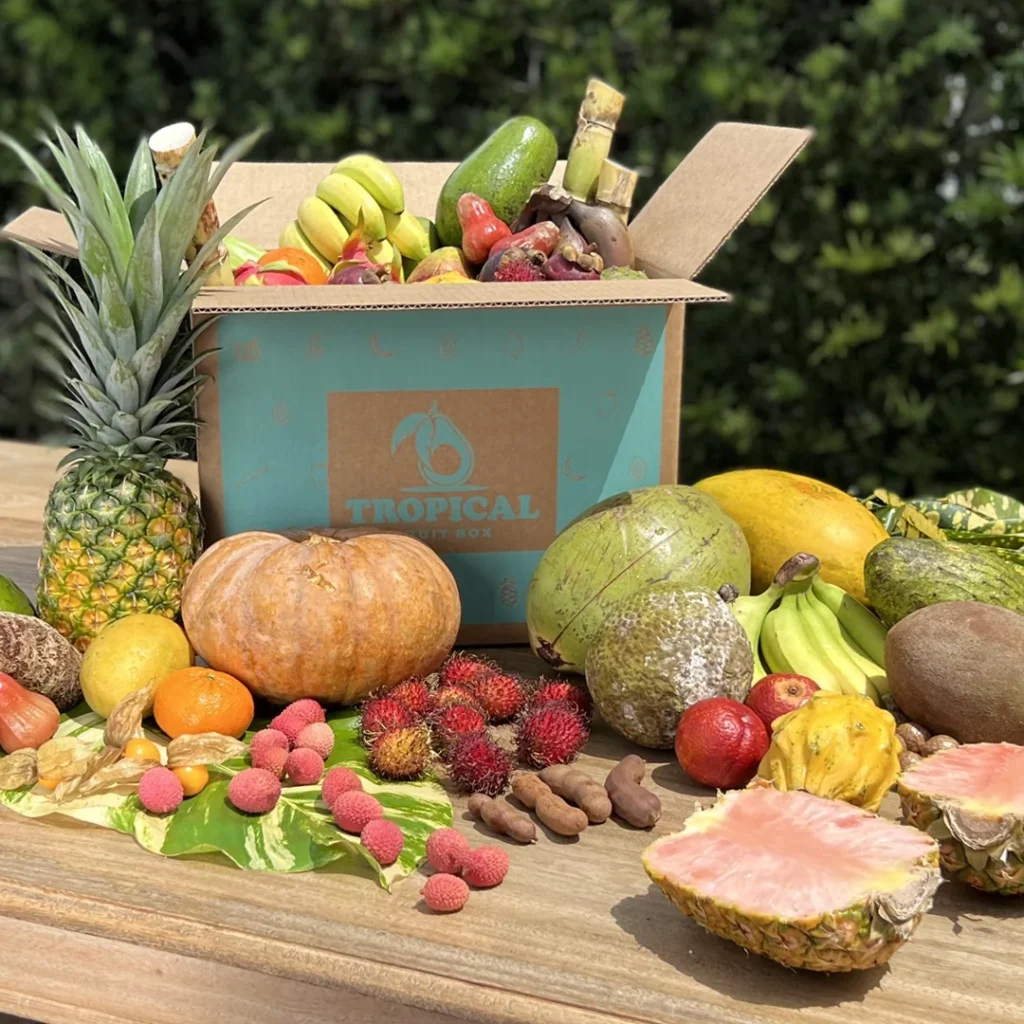
- Mangoes
- Avocados
- Pineapples
- Bananas
- Papayas
- Passion fruit
- Dragon fruit (pitaya)
- Lychee
- Rambutan
- Guava
This demand is fueled by several factors:
- Health and wellness trends: Tropical fruits are rich in vitamins, fiber, and antioxidants, making them highly desirable for health-conscious consumers.
- Globalization of cuisine: With increasing exposure to international dishes, more people are incorporating tropical fruits into their diets.
- Year-round availability: Thanks to global trade and refrigerated transport, tropical fruits are now available even in colder climates year-round.
According to the Food and Agriculture Organization (FAO), global tropical fruit exports have grown more than 8% annually in the past decade.
Top Tropical Fruit Exporting Countries
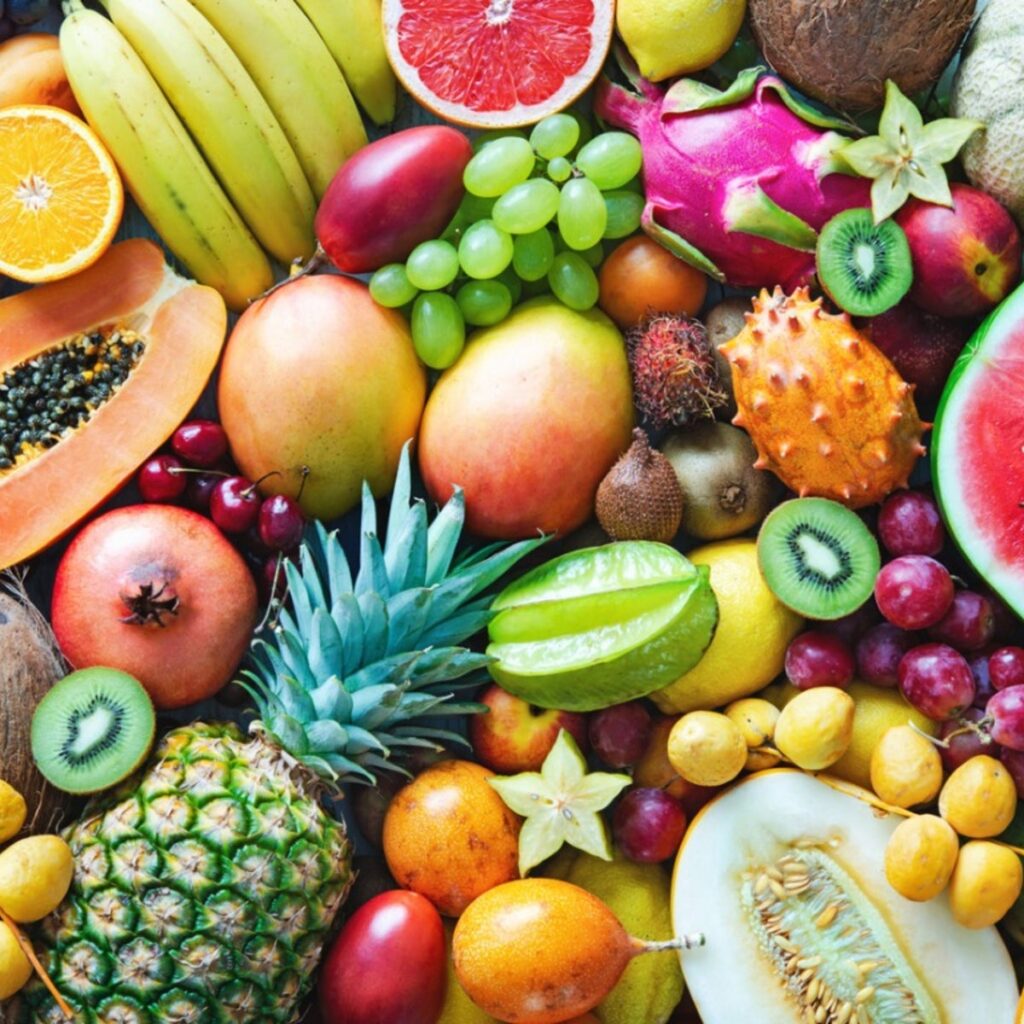
A handful of countries dominate the tropical fruit export market. Each has carved out a niche based on climate, geography, government support, and infrastructure.
Mexico – Avocado Powerhouse
Mexico is the world’s largest avocado exporter, especially the Hass variety. It supplies over 40% of the global market, with the United States as its biggest customer. Avocado exports have become one of Mexico’s top agricultural revenue sources.
- Key export markets: USA, Canada, Japan, France
- Peak export season: October to May
Costa Rica – Pineapple King
Costa Rica is the global leader in fresh pineapple exports, accounting for around 60% of the world’s supply. The country has invested heavily in sustainable farming and efficient logistics.
- Key export markets: USA, Netherlands, UK, Italy
- Notable brands: Dole, Del Monte
Philippines – Bananas and Mangoes
The Philippines is among the top banana and mango exporters. The Cavendish banana variety from the Philippines is especially popular in China and Japan.
- Banana exports (2024): Over 2.5 million metric tons
- Key buyers: China, Japan, Middle East
India – Mango Magnate
India is the world’s largest mango producer, but it exports only a small percentage due to domestic consumption. However, premium varieties like Alphonso and Kesar are highly sought after in Europe, the Middle East, and the US.
- Challenges: Short shelf life, export restrictions, and compliance issues
- Opportunities: Value-added products like mango pulp and juice
Ecuador – Banana Giant
Ecuador exports nearly 6 million metric tons of bananas annually, making it the largest banana exporter globally. It plays a critical role in meeting demand across Europe and Russia.
Key Market Trends and Developments
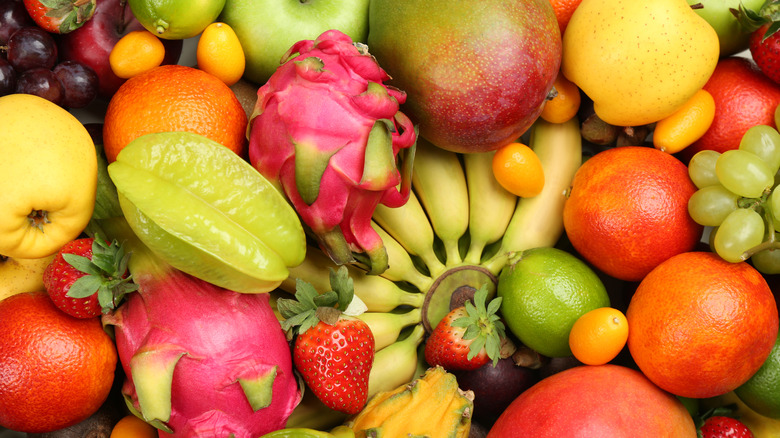
1. Rise of Organic and Fair-Trade Fruits
Consumers are increasingly demanding organic, ethically sourced, and fair-trade certified tropical fruits. This trend is pushing producers in Latin America, Africa, and Southeast Asia to adopt sustainable and socially responsible practices.
- Organic pineapple exports from Costa Rica and Peru are growing steadily.
- Fair-trade bananas from Colombia and Ecuador are gaining traction in Europe.
2. Asia’s Emerging Role as a Buyer and Exporter
Countries like Vietnam, Thailand, and Malaysia are expanding exports of fruits like longan, lychee, dragon fruit, and durian.
- China has become a massive importer and is also developing its own tropical fruit farms in Hainan and Yunnan.
- ASEAN nations are tapping into the Chinese market via free trade agreements and modernized supply chains.
3. Technology-Driven Logistics and Cold Chain
Modern cold chain logistics, controlled atmosphere shipping, and blockchain traceability have made it easier to transport delicate tropical fruits over long distances while preserving freshness.
- Technologies like smart packaging and AI-driven forecasting help prevent spoilage and optimize delivery routes.
- This is particularly important for short-shelf-life fruits like mangoes and lychee.
4. Value-Added and Processed Products
Tropical fruits are increasingly being exported in processed forms like:
- Dried mango, banana chips, or pineapple rings
- Frozen fruit pulp or puree
- Juices, jams, smoothies
This helps overcome perishability issues and opens new revenue streams for producers.
Challenges in Tropical Fruit Exports
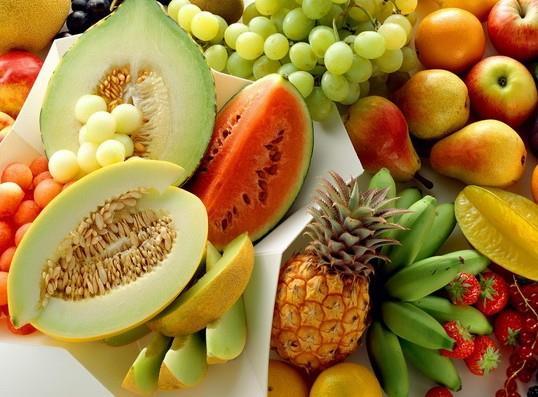
Despite promising growth, the industry also faces significant challenges:
Climate Change
Tropical fruit production is highly vulnerable to climate extremes like droughts, hurricanes, and erratic rainfall. Rising temperatures and changing weather patterns are impacting yields and quality.
- Example: Cyclones have affected banana crops in the Philippines and mango production in India.
Stringent Quality and Sanitary Standards
Countries in the EU, US, and Japan have strict regulations regarding pesticide residue, packaging, and documentation.
- Small-scale farmers often struggle with compliance.
- Rejections at ports can lead to heavy losses.
Price Volatility
Price fluctuations due to seasonal supply, logistics costs, and market disruptions (e.g., COVID-19, trade wars) can severely affect exporters’ income.
Sustainability and the Future of Tropical Fruit Exports
Sustainability is no longer optional — it’s becoming a key differentiator in the global market. Exporters that adopt eco-friendly farming methods, reduce water usage, and improve labor conditions are being favored by buyers.
Several countries are already moving in this direction:
- Costa Rica promotes carbon-neutral pineapple farming.
- Ghana is pushing for organic mango certification to access EU markets.
- India’s APEDA is supporting residue-free horticultural exports under traceability schemes.
Top Tropical Fruits Exported Globally (2024 Estimates)

| Fruit | Leading Exporter | Main Markets | Export Value (USD Billion) |
|---|---|---|---|
| Bananas | Ecuador, Philippines | EU, Russia, China | $11.2 B |
| Pineapples | Costa Rica, Philippines | USA, EU | $2.4 B |
| Mangoes | India, Mexico, Peru | UAE, UK, EU, US | $2.0 B |
| Avocados | Mexico, Peru, Kenya | US, EU, Japan | $7.2 B |
| Papayas | Mexico, Brazil, India | US, EU | $0.6 B |
Outlook: What’s Next for Tropical Fruit Trade?
The global tropical fruit export market is expected to reach $50+ billion by 2030, with demand accelerating in urbanized, health-aware populations. Here’s what to expect:
- Diversification: More countries in Africa (Ghana, Kenya) and South Asia (Sri Lanka, Bangladesh) entering export markets.
- Direct-to-Consumer exports: Online platforms and e-commerce models may allow farmers to ship directly to consumers abroad.
- Innovation in storage and bio-packaging to enhance shelf life and reduce waste.
Conclusion
Tropical fruits are no longer just exotic delicacies; they are now mainstream global commodities driving billions in trade, supporting farmers across continents, and delighting health-conscious consumers everywhere.
From a booming avocado empire in Mexico to pineapple fields in Costa Rica and dragon fruit farms in Vietnam, tropical fruit exports reflect a fascinating intersection of agriculture, economy, sustainability, and global culture.
As long as the world craves natural sweetness, vibrant nutrition, and a taste of the tropics, the future of tropical fruit exports looks not just bright — but deliciously fruitful.
